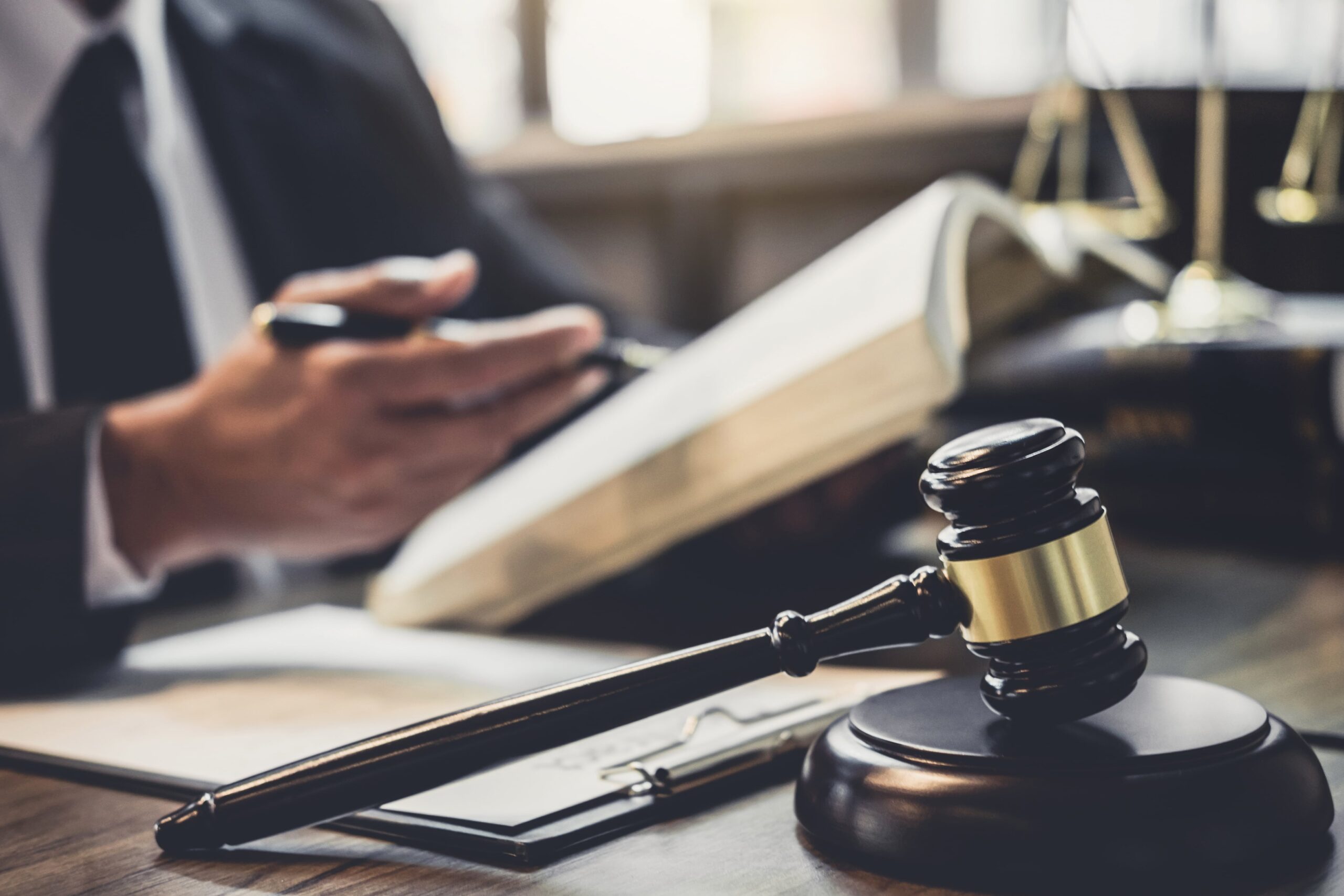
Chapter 13 Bankruptcy
Chapter 13 bankruptcy, also known as a “wage earner’s plan,” is a legal tool available in the United States to help individuals struggling with overwhelming debt to reorganize their finances and create a manageable repayment plan. This form of bankruptcy provides a structured framework for debtors to repay creditors over a period of three to five years, depending on the specifics of their financial situation. Chapter 13 bankruptcy offers individuals the opportunity to retain their assets while gradually paying off their debts, offering a lifeline to those facing financial distress.
Advantages
One of the primary advantages of Chapter 13 bankruptcy is its ability to halt foreclosure proceedings and prevent the loss of one’s home. By filing for Chapter 13, individuals can propose a repayment plan to catch up on missed mortgage payments while maintaining regular monthly payments going forward. This provision can be particularly beneficial for homeowners facing the threat of foreclosure, as it allows them to retain ownership of their homes and work towards financial stability.
Consolidating Debts
Furthermore, Chapter 13 bankruptcy enables debtors to consolidate their debts into a single monthly payment, simplifying the repayment process and making it more manageable. Under the supervision of a bankruptcy trustee, debtors submit a proposed repayment plan outlining how they intend to repay creditors over the designated period. This plan typically prioritizes essential expenses such as mortgage or rent payments, utilities, and living expenses while allocating any disposable income towards debt repayment.
Another key aspect of Chapter 13 bankruptcy is its flexibility in addressing various types of debt. Unlike Chapter 7 bankruptcy, which involves the liquidation of assets to satisfy creditors, Chapter 13 allows debtors to retain ownership of their property while restructuring their debts. This makes it an attractive option for individuals with valuable assets they wish to protect, such as homes, vehicles, or personal belongings.
Automatic Stay
Moreover, Chapter 13 bankruptcy provides a degree of protection from creditor harassment and legal actions, as the automatic stay goes into effect immediately upon filing. This stay prohibits creditors from pursuing collection efforts, including lawsuits, wage garnishment, or repossession, providing debtors with much-needed relief and breathing room to focus on their financial rehabilitation.
Challenges
However, it’s essential to recognize that Chapter 13 bankruptcy is not without its challenges and limitations. Not all debts are dischargeable under Chapter 13, and certain obligations, such as child support, alimony, and certain tax debts, must be paid in full through the repayment plan. Additionally, individuals must have a regular source of income to qualify for Chapter 13, as they are required to make monthly payments towards their debts. Furthermore, successfully completing a Chapter 13 repayment plan requires discipline and commitment from the debtor. Failure to adhere to the terms of the plan can result in dismissal of the case, leaving the individual vulnerable to creditor actions and potentially losing the protections afforded by bankruptcy.
Help From A Professional
Chapter 13 bankruptcy offers individuals facing financial hardship a structured path towards debt relief and financial stability. By allowing debtors to retain their assets while repaying creditors over time, Chapter 13 provides a viable alternative to liquidation and offers a chance for individuals to regain control of their finances. However, it’s essential to approach Chapter 13 with careful consideration and seek guidance from a qualified Chapter 13 bankruptcy lawyer from a firm like Resolve Law Group to navigate the process effectively and maximize the benefits available under the law.

